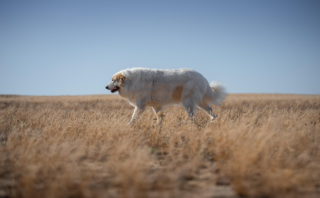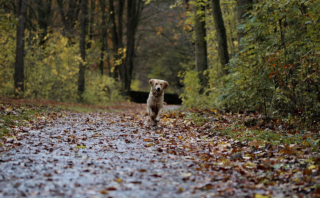Fun and Effective Dog Training Methods for Kids
Engaging children in dog training can be a rewarding and educational experience. Not only does it teach them responsibility and compassion, but it can also strengthen the bond between the child and the pet. This guide explains the essential aspects of dog training for kids.
Understanding dogs is the first step towards successful training. Dogs are instinctual animals that rely heavily on body language and non-verbal cues. Some common indicators of a dog’s emotional state include wagging tails for happiness, lowered ears for fear, and bared teeth for aggression. By teaching kids these simple cues, you are equipping them with the foundational knowledge they need for successful dog training.

Techniques for introducing dog training to kids
Here are a few helpful techniques for introducing the concept of dog training to children:
Positive Reinforcement
Positive Reinforcement is a common dog training method that encourages desirable behavior through rewards. When the dog behaves correctly, it receives a treat or praise. This method helps dogs associate good habits with positive outcomes, thereby promoting consistent good behavior.
Start with Simple Commands
Starting with simple commands such as “sit,” “stay,” “come” can ease children into the process. Once these are mastered, more complex commands such as “heel” or “fetch” can be introduced.
Use a Consistent Tone of Voice
A firm and steady tone indicates authority, whilst a cheerful tone apply to rewards. A consistent tone helps the dog understand the child’s authority and builds trust.
Implementing dog training routines
Implementing consistent routines is an essential part of dog training. Regular feeding times, walks, and play sessions help dogs feel secure and well-adjusted.
Children can participate in these routines by helping feed the dog and taking the dog on short, supervised walks. Regular participation in these activities teaches children about responsibility and helps reinforce the training routines.
Involve children in play routines to allow them to bond with the dog. Games like fetch can incorporate training commands and encourage exercise.
In the routine, it’s crucial to maintain consistency. Dogs thrive on regular schedules, and any change may confuse them. If kids are unable to take on these activities due to schoolwork or other obligations, parents should step in to ensure consistency.

FAQ
How old should kids be to train dogs?
Children as young as three can participate in dog training, but with heavy supervision. Older children 8+ years old can take on more responsibility in the training process.
Are some breeds easier to train than others?
Certain breeds, such as Border Collies and Poodles, tend to be more responsive to training. However, every dog is unique, and training success often comes down to consistency and patience.
How long does it take to train a dog?
The length of time it takes to train a dog varies. Simple commands can usually be taught within a few weeks, while more complex behaviors may take several months.
Can kids participate in professional dog training sessions?
Yes, it can be beneficial for kids to observe professional training sessions. This can provide them with a better understanding of the different methods used to train dogs.
Should kids be involved in disciplining the dog?
Discipline should always be carried out in a kind, positive manner. Children can be involved in this but should be taught to never shout at or physically harm the dog.
Conclusion
Dog training for kids is a valuable tool to teach responsibility, empathy, and the value of consistent effort. By choosing appropriate techniques and involving children in routine activities, you can create a positive and enriching experience for both the child and the dog. Always supervise training sessions to ensure safety and positive interactions. There’s much to be gained from this heartwarming and bonding process, so take the first step today!



